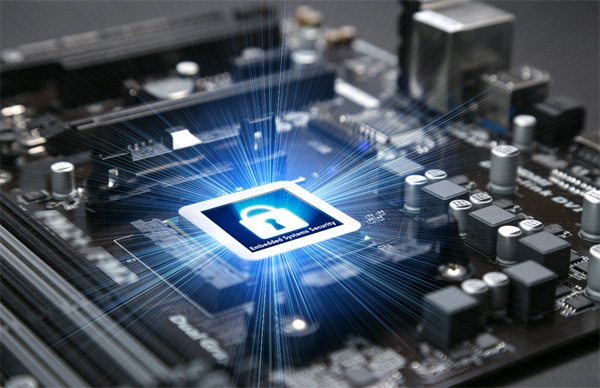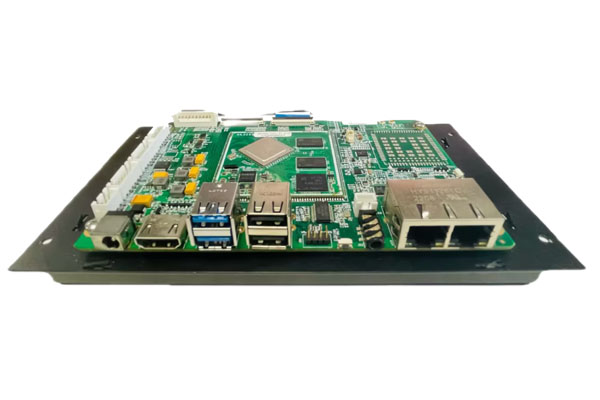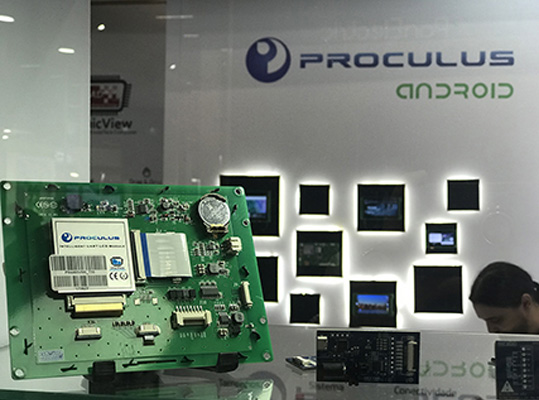Embedded systems have become an integral part of various industries, powering everyday devices and enabling advanced applications in industrial settings. They also pose unique security challenges.
In this comprehensive guide, we will explore key strategies and best practices for ensuring the security of embedded systems. Whether you are a hardware engineer, a software developer, or an industry professional, understanding these strategies will help you protect your embedded systems from potential threats.
Embedded systems are specialized computing devices designed to perform dedicated functions within larger systems. They are commonly found in household appliances, medical devices, automotive electronics, and more. Unlike general-purpose computers, embedded systems are tailored for specific tasks, offering efficiency and compactness.
However, securing embedded systems presents unique challenges due to their resource constraints and diverse applications. One critical aspect is security. Addressing these challenges requires a comprehensive approach that encompasses both hardware and software security measures.

Authentication plays a crucial role in ensuring that only authorized users can access the embedded system with an embedded LCD display for example. Implementing robust authentication and authorization mechanisms prevents unauthorized access and potential data breaches.
One effective authentication mechanism is the use of strong passwords and secure login procedures. Passwords should be complex, containing a combination of uppercase and lowercase letters, numbers, and special characters.
Additionally, implementing multi-factor authentication adds an extra layer of security by requiring users to provide additional verification, such as a fingerprint or a one-time password.
Furthermore, role-based access control (RBAC) can be implemented to ensure that users only have access to the specific functions and resources that are necessary for their roles. RBAC grants different levels of privileges based on user roles, minimizing the risk of unauthorized access to critical functions or sensitive data.
Address Space Layout Randomization (ASLR) is a security technique that helps protect embedded systems from memory-based attacks. By randomizing memory locations, ASLR makes it difficult for attackers to predict where specific data or functions are stored, thus enhancing the overall security of the system and its embedded devices.
ASLR works by introducing random offsets to the base addresses of various components within the system's memory. This randomization makes it challenging for attackers to exploit vulnerabilities by relying on predictable memory layouts.
By continuously shuffling memory locations, ASLR increases the complexity of potential attacks and makes it harder for attackers to gain unauthorized access or execute malicious code.
Trusted Execution Environments (TEEs) provide a secure area within an embedded system's processor. TEEs protect critical processes and sensitive data from unauthorized access or tampering. They create a secure enclave within the system, isolated from the rest of the system's processes and external threats.
TEEs utilize hardware-based security features, such as secure enclaves and secure boot, to establish a trusted environment. Secure enclaves provide a protected space within the system's memory where sensitive data can be processed and stored securely. Secure boot ensures that the system boots only with trusted and verified software, preventing unauthorized modifications to the system's firmware or operating system.

Containerization is a powerful technique that isolates software components, enabling enhanced security by limiting the potential impact of a breach to a specific container. Containerization provides a lightweight virtualization mechanism, allowing applications to run in isolated environments while sharing the underlying host operating system.
By encapsulating applications within containers, security measures and access controls can be applied at the container level. This isolation prevents unauthorized access to critical resources and limits the potential for lateral movement within the system.
Additionally, containers can be easily deployed, updated, and monitored, ensuring that the system remains secure even in dynamic environments.
The choice of an embedded operating system significantly impacts the security of the entire system. Selecting a secure operating system is crucial to prevent potential security vulnerabilities and ensure the long-term stability of the embedded system.
When evaluating embedded operating systems, it is essential to consider their security features and their integration capabilities with other security measures. Look for operating systems that provide built-in security mechanisms, such as secure boot, secure file systems, and access controls. Additionally, consider the track record of the operating system in terms of security updates and community support.

Power efficiency is a critical consideration in embedded systems, as it impacts both performance and security. Efficient power management techniques not only conserve energy but also contribute to the overall security of the system.
One power management technique is the implementation of sleep modes or low-power states when the system is idle or not actively processing data. By minimizing power consumption during idle periods, the system reduces its exposure to potential attacks and conserves energy.
Another technique is the optimization of power-hungry components, such as wireless communication modules. These modules should be designed to operate efficiently, minimizing power consumption without compromising on security or functionality.
Furthermore, power-efficient software development practices, such as optimizing code and reducing unnecessary computations, can contribute to the overall security and longevity of embedded systems. By minimizing power consumption, the system can operate reliably and securely for extended periods.
As an LCD manufacturer that is focusing on all-in-one TFT LCDs, Proculus offer LCM solutions based on your requirements.
Our embedded solutions include UART, Android and HDMI. They simplify GUI development and are cost-effective. We work deeply with Rockchip, and it provides us with high-quality embedded processors such as RK3568, PX30 and so on. Our displays support embedded systems including not only Linux, but Android, which is both safe enough for all industries.
We are trying our best to improve our products and security of embedded system is under guarantee.

